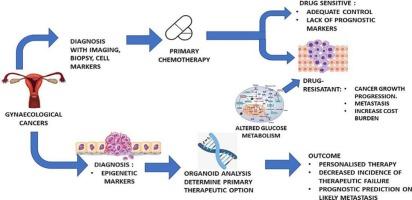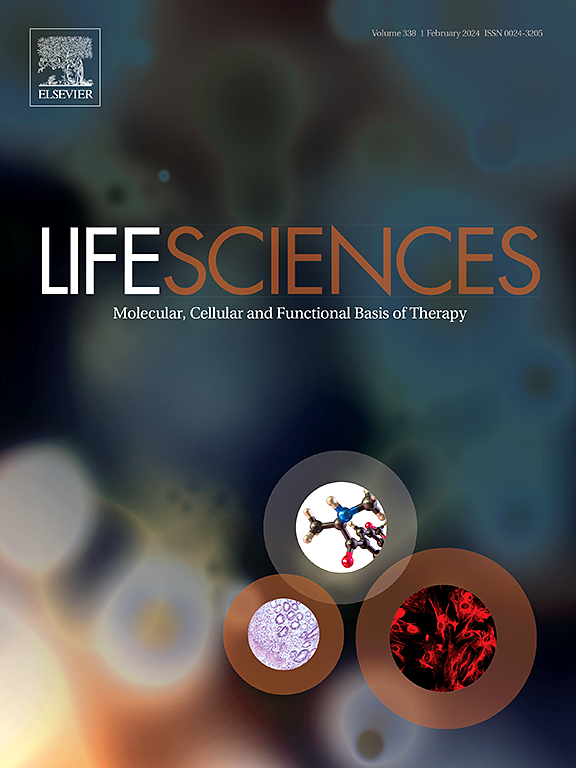Epigenetics as a strategic intervention for early diagnosis and combatting glycolyis-induced chemoresistance in gynecologic cancers
IF 5.2
2区 医学
Q1 MEDICINE, RESEARCH & EXPERIMENTAL
引用次数: 0
Abstract
Prospective prediction from the Australian Institute of Health and Welfare (AIHW) showed a likely incidence of 1 in 23 women diagnosed with gynaecological malignancy, where the incidence of relapse with a drug-resistant clone poses a significant challenge in dealing with it even after initial treatment. Glucose metabolism has been exploited as a therapeutic target under anti-metabolomic study, but the non-specificity narrowed its applicability in cancer. Novel updates over epigenetics as a target in gynaecological cancer offer a rational idea of using this in the metabolic rewiring in mutated glycolytic flux-induced drug resistance. This review focuses on the application of epigenetic intervention at a diagnostic and therapeutic level to shift the current treatment paradigm of gynaecological cancers from reactive medicine to predictive, preventive, and personalised medicine. It presents the likely epigenetic targets that can be exploited potentially to prevent the therapeutic failure associated with glucose metabolism-induced chemotherapeutic drug resistance.

表观遗传学是妇科癌症早期诊断和抗糖化诱导的化疗耐药性的战略干预措施。
澳大利亚健康与福利研究所(AIHW)的前瞻性预测显示,每 23 名被诊断患有妇科恶性肿瘤的妇女中就有 1 人可能会患上这种疾病,即使经过初步治疗,耐药克隆的复发率也给治疗工作带来了巨大挑战。葡萄糖代谢已被用作抗代谢组学研究的治疗靶点,但其非特异性缩小了其在癌症中的适用性。将表观遗传学作为妇科癌症靶点的最新进展,为将其用于变异糖代谢通量诱导的耐药性的代谢重构提供了合理的思路。这篇综述侧重于在诊断和治疗层面应用表观遗传学干预,将目前的妇科癌症治疗模式从反应医学转变为预测、预防和个性化医学。它介绍了可用于预防葡萄糖代谢诱导的化疗耐药性相关治疗失败的潜在表观遗传靶点。
本文章由计算机程序翻译,如有差异,请以英文原文为准。
求助全文
约1分钟内获得全文
求助全文
来源期刊

Life sciences
医学-药学
CiteScore
12.20
自引率
1.60%
发文量
841
审稿时长
6 months
期刊介绍:
Life Sciences is an international journal publishing articles that emphasize the molecular, cellular, and functional basis of therapy. The journal emphasizes the understanding of mechanism that is relevant to all aspects of human disease and translation to patients. All articles are rigorously reviewed.
The Journal favors publication of full-length papers where modern scientific technologies are used to explain molecular, cellular and physiological mechanisms. Articles that merely report observations are rarely accepted. Recommendations from the Declaration of Helsinki or NIH guidelines for care and use of laboratory animals must be adhered to. Articles should be written at a level accessible to readers who are non-specialists in the topic of the article themselves, but who are interested in the research. The Journal welcomes reviews on topics of wide interest to investigators in the life sciences. We particularly encourage submission of brief, focused reviews containing high-quality artwork and require the use of mechanistic summary diagrams.
 求助内容:
求助内容: 应助结果提醒方式:
应助结果提醒方式:


